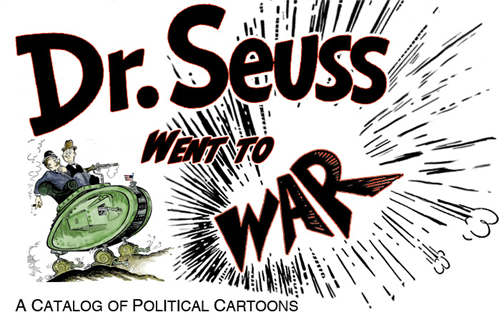
Equity Maps is a teaching tool that allows the teacher or presenter to track how frequently and how long a participant in a conversation takes part. The site not only follows the talk but also records it in a way that is easy for playback and sharing. This is a downloadable application for smart devices with wifi capabilities. You can find the application by visiting https://equitymaps.com/ or by searching “Equity Maps” in google play or the Apple app store.
The application has a nice user interface and addresses client needs by offering different display options. The tabs in the application are easy to use and follow basic visual requirement needs. There is a high contrast background with dark letters and plenty of colors spread evenly. The structure of the app makes it easy to navigate through. Unfortunately, the application does not have a completely free version but the demo version did work as expected and was quite easy for me to maneuver around.
The design of this application does not look very original, to me becasue it reminds me of quickbooks or other financial strategy applications. The application is pretty responsive to ipads but not to phones. The ammount of features wouldnt fit on the screen and with the option of having up to 40 students, it seems non-pragmatic.
This application is pointed towards a specific audience set. Teachers are the intended audience for the app, based on the first view of the website and if you want to be specific, teachers interested in equity in the classroom are the intended buyers of this $1.99 app which is available on the Apple app store. The other audience specified by the app website is “facilitators, administrators, business start-ups and instructional coaches to provide a dynamic way to increase reflection and affect change.”
Equity Maps does something I have not seen done before. It tracks and records based on student genders, and where they are seated in the classroom as well as how long they talk and participate in the conversation. Technically, this could be done on another medium like paper or a board but it would not be as quick and easy to change. It seems to be a good application and has value to the results.
The application was founded by Dave Nelson, who had 29 years of experience in the field of education. He is from Oregon but is currently a coordinator and teacher in Greece. The creation of the website was done by George Sachpatzidis, who is a software engineer and solutions architect.
It is in my opinion that this application is helpful and can be used in a pragmatic way but the applicatiom is not necessary to achieve the same goals. Personally, I would take the ads in the application in order to not have to pay for the premium version. The interesting thing about this application is that there is no indication how this app can continue to evolve and when looking back on the older versions of the cite, it seems the site itself hasnt evolved either.
Take some time to check out Equity Maps and decide for yourself!

